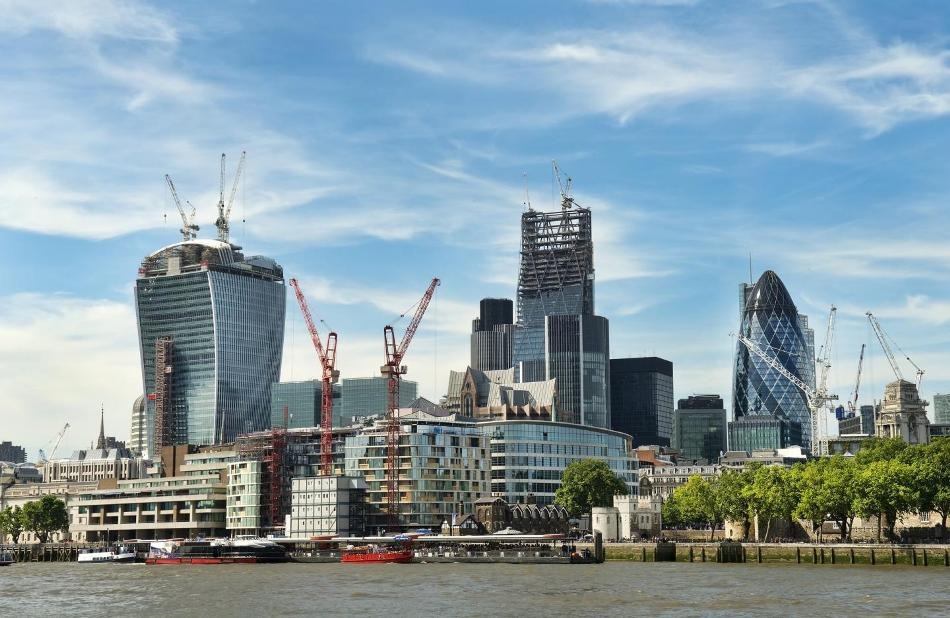Dec 10 2019
A new study at the City, University of London takes inspiration from Formula 1 technology for constructing “needle-like” skyscrapers.
 London skyline. Image Credit: City, University of London.
London skyline. Image Credit: City, University of London.
Scientists at City, University of London have been creating new vibration-control devices based on Formula 1 technology, which will enable building “needle-like” high-rise skyscrapers that still endure high winds.
Existing devices known as tuned mass dampers (TMDs) are equipped in the top floors of tall buildings to serve like heavyweight pendulums that counteract the movement of the buildings caused by earthquakes and winds. However, these devices weigh up to 1000 tons and span five stories in 100-story buildings—adding millions to building costs and occupying premium space in congested city centers.
Dr Agathoklis Giaralis (an expert in structural dynamics at City, University of London) and his team have published their latest research work in the November 2019 issue of the Engineering Structures journal (“Optimal tuned mass damper inter design in wind-excited tall buildings for occupants’ comfort serviceability, preferences, and energy harvesting”).
As part of the study, it was discovered that compact and lightweight inerters, akin to those built for the suspension systems of Formula 1 cars, can decrease the necessary weight of current TMDs by up to 70%.
If we can achieve smaller, lighter TMDs, then we can build taller and thinner buildings without causing seasickness for occupants when it is windy. Such slender structures will require fewer materials and resources, and so will cost less and be more sustainable, while taking up less space and also being aesthetically more pleasing to the eye.
Dr Agathoklis Giaralis, Expert in Structural Dynamics, City, University of London
Dr Giaralis added, “In a city like London, where space is at a premium and land is expensive, the only real option is to go up, so this technology can be a game-changer.”
Tests have revealed that the new devices reduce the need to use steel in beams and columns of standard 20-story steel building by up to 30%. Computer model analyses performed for an existing London building, the 48-story Newington Butts in Elephant and Castle, Southwark, had demonstrated that “floor acceleration”—the measure of comfort of occupants against seasickness—could be brought down by 30% with the newly suggested technology.
This reduction in floor acceleration is significant. It means the devices are also more effective in ensuring that buildings can withstand high winds and earthquakes. Even moderate winds can cause seasickness or dizziness to occupants and climate change suggests that stronger winds will become more frequent.
Dr Agathoklis Giaralis, Expert in Structural Dynamics, City, University of London
Dr Giaralis added, “The inerter-based vibration control technology we are testing is demonstrating that it can significantly reduce this risk with low up-front cost in new, even very slender, buildings and with small structural modifications in existing buildings.”
As well as achieving reduced carbon emissions through requiring fewer materials, we can also harvest energy from wind-induced oscillations—I don’t believe that we are able at the moment to have a building that is completely self-sustaining using this technology, but we can definitely harvest enough for powering wireless sensors used for inner building climate control.
Dr Agathoklis Giaralis, Expert in Structural Dynamics, City, University of London